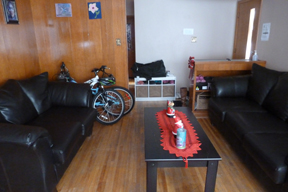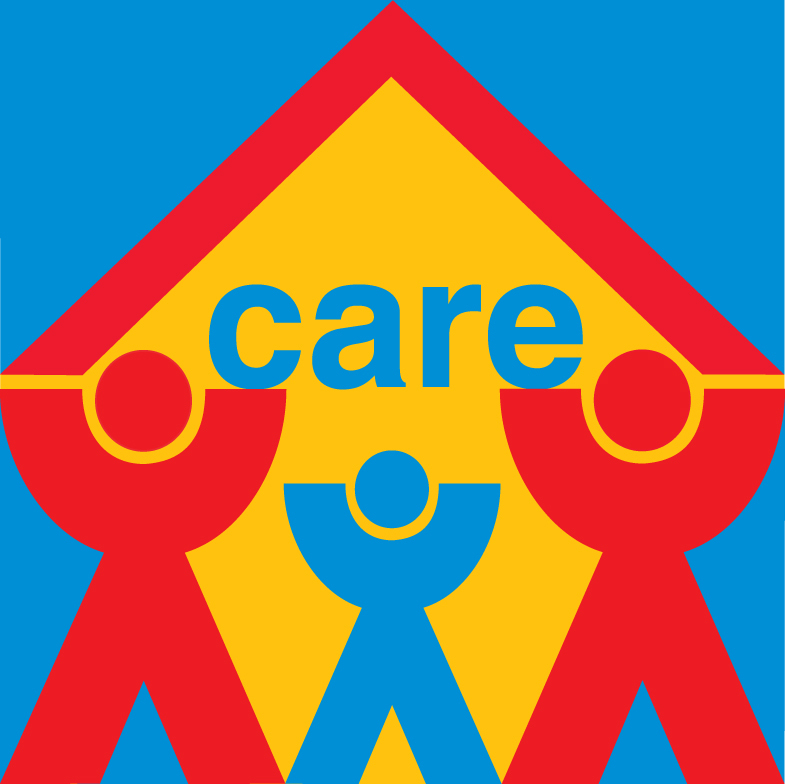 In our latest blog we took a look at the group homes available to children and youth in our residential programs. Also under the umbrella of our residential programs are our unique living arrangements designed to accommodate youth, older adolescents, and adults living with developmental disabilities and/or physical disabilities. These accommodations are distinguished by three programs:
In our latest blog we took a look at the group homes available to children and youth in our residential programs. Also under the umbrella of our residential programs are our unique living arrangements designed to accommodate youth, older adolescents, and adults living with developmental disabilities and/or physical disabilities. These accommodations are distinguished by three programs:
 Basement of a house in one of our programs
Basement of a house in one of our programs
Group home program (7 locations)
These programs are designed to assist children and youth with complex developmental needs. The program is divided into high-intensity group homes and low-intensity group homes. Each house has between five and six bedrooms and 24-hour treatment and supervision.
The people who live in these homes have significant developmental disabilities, complex trauma, mental health challenges, physical disabilities and/or severe and challenging behaviour. These residents have access to a wide range of specialists and therapists employed by Ranch Ehrlo.
Supported Independent Living Program (5 locations)
The Supported Independent Living Program (SILP) is designed for people who have the abilities and potential of moving beyond the supports of the program to live on some level of interdependence. The residents in the program are older adolescents and adults who have mental health challenges and are separated from their family.
This long-term residential program provides developmental activities and supportive services. People living in this program are generally employable or continuing their educational pursuits.
Supported Living Program (11 locations)
 Living room in an Elphinstone apartment program
Living room in an Elphinstone apartment program
The Supportive Living Program (SLP) provides supportive living to older adolescents and adults with intellectual and mental health challenges. The focus in this program is to provide long-term residential support services. The ‘homes’ in this program are a combination of four bedrooms homes, two bedrooms homes/apartments, and single bedroom units.
Clients are provided with a living environment that provides stability and predictability and prepares them for independence or a less restrictive living situation. Providing a safe environment for the client and the community is the top priority as these clients often have issues with sexually intrusive behaviour, anger, or self-regulation.


